Our first military sidearms were produced at Rappahannock Forge in Virginia.
Their similar replacement, in 1805, served in the War of 1812.
Early in 1836, Samuel Colt earned his first revolver patent.
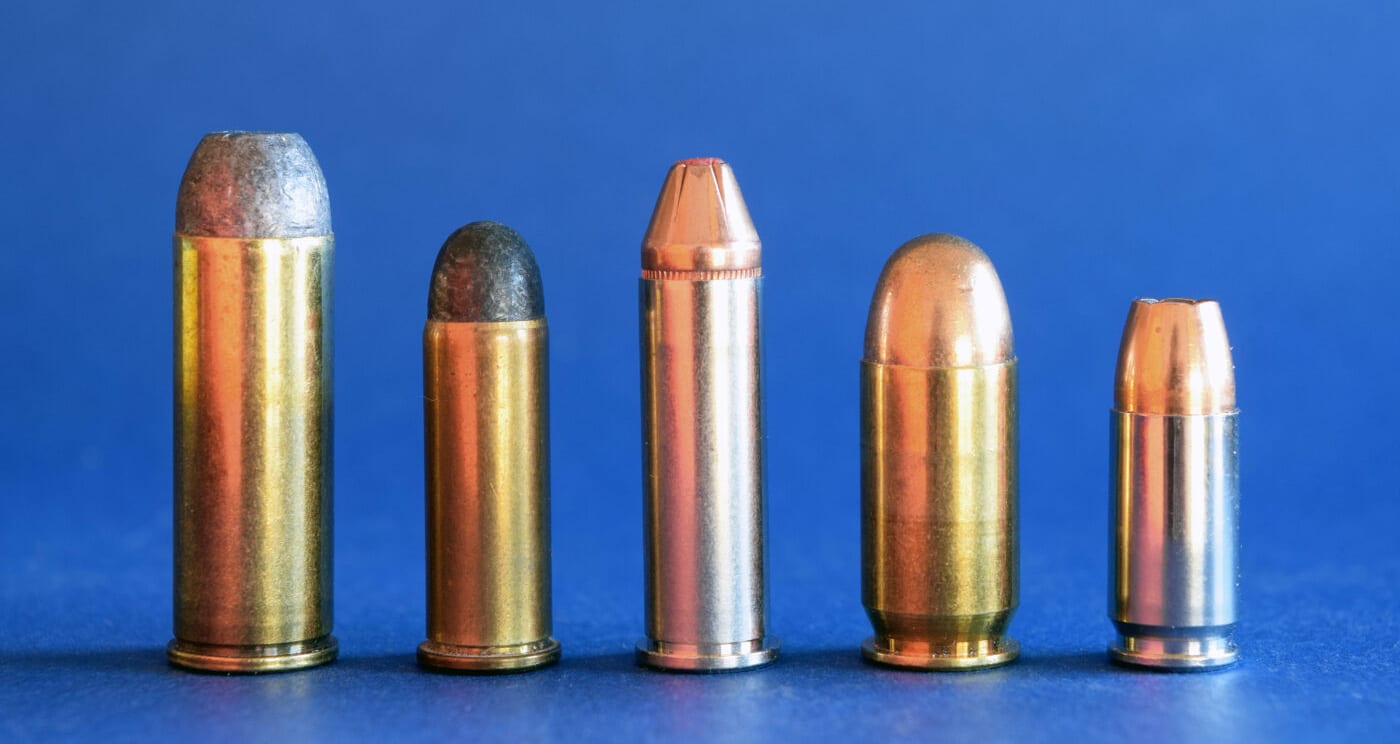
But a decade later he was struggling to make something of it.
Enter Texas Ranger Captain Samuel H. Walker, in search of a new revolver.
Heartened, but with no factory to build guns, the ambitious Samuel Colt priced one to the government.
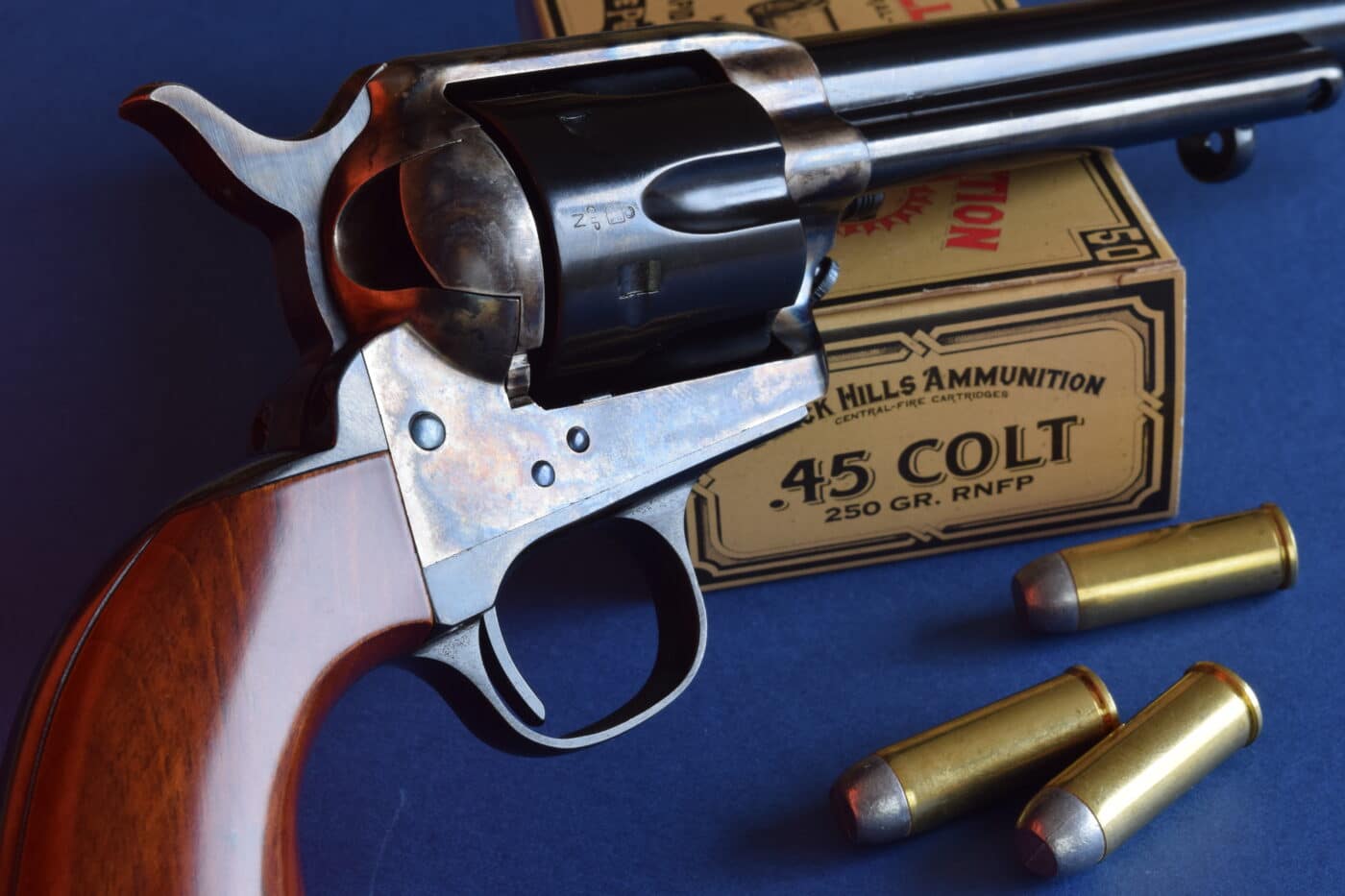
Eli Whitney, Jr. built the 73-ounce, .44-caliber pistols, which appeared as the 1847 Walker.
That October, during the Battle of Juamantla, a Mexican lance claimed Captain Walker.
Samuel Colts next cap-and-ball revolver was the slightly smaller .44 Dragoon (a pre-Civil War name for cavalry).
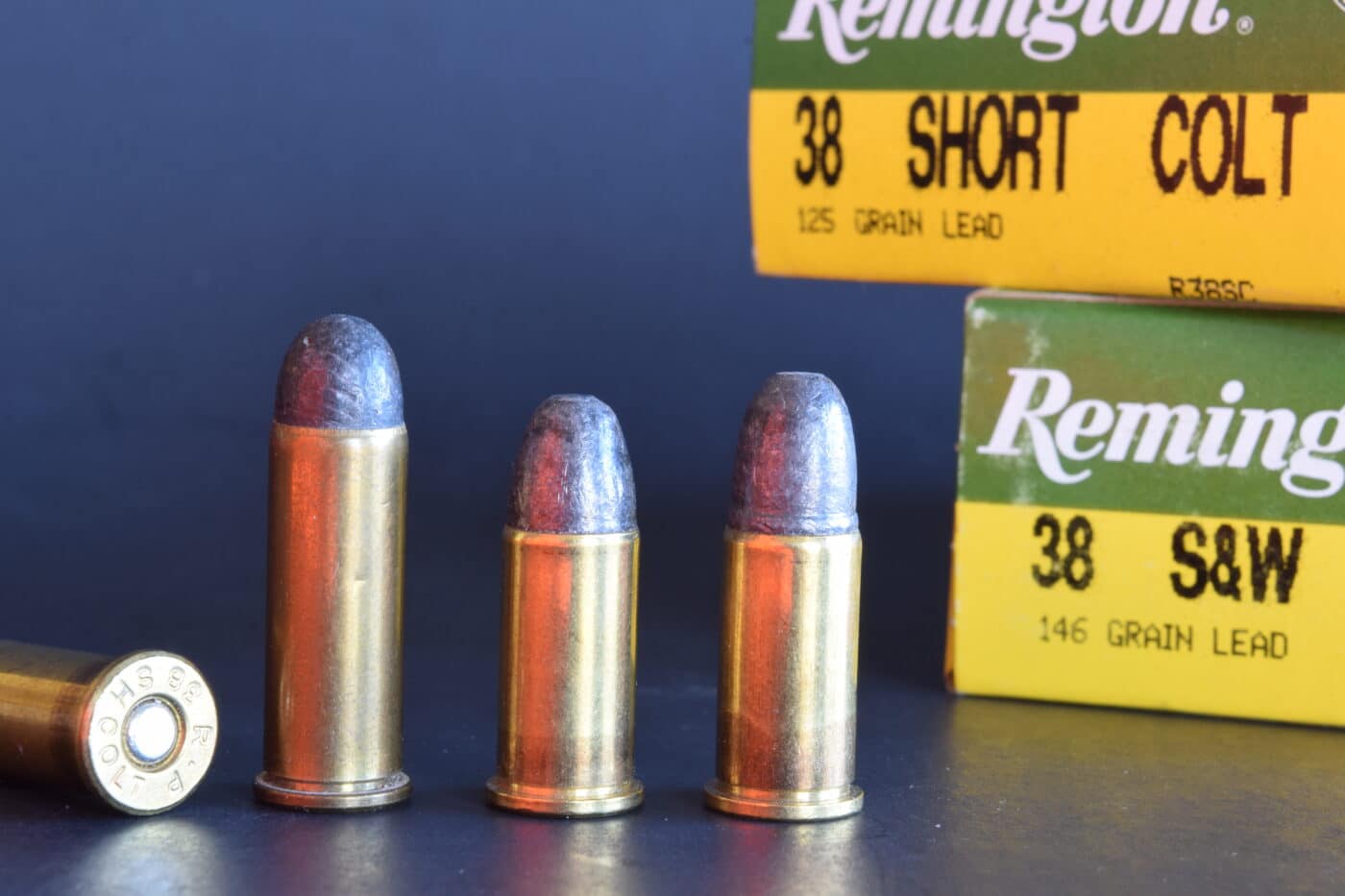
It got tepid reviews.
That action protected development of the 42-ounce, .36-caliber 1851 Navy revolver, introduced in 1850.
Onset of the Civil War hurried the 1860 Army Revolver into production.
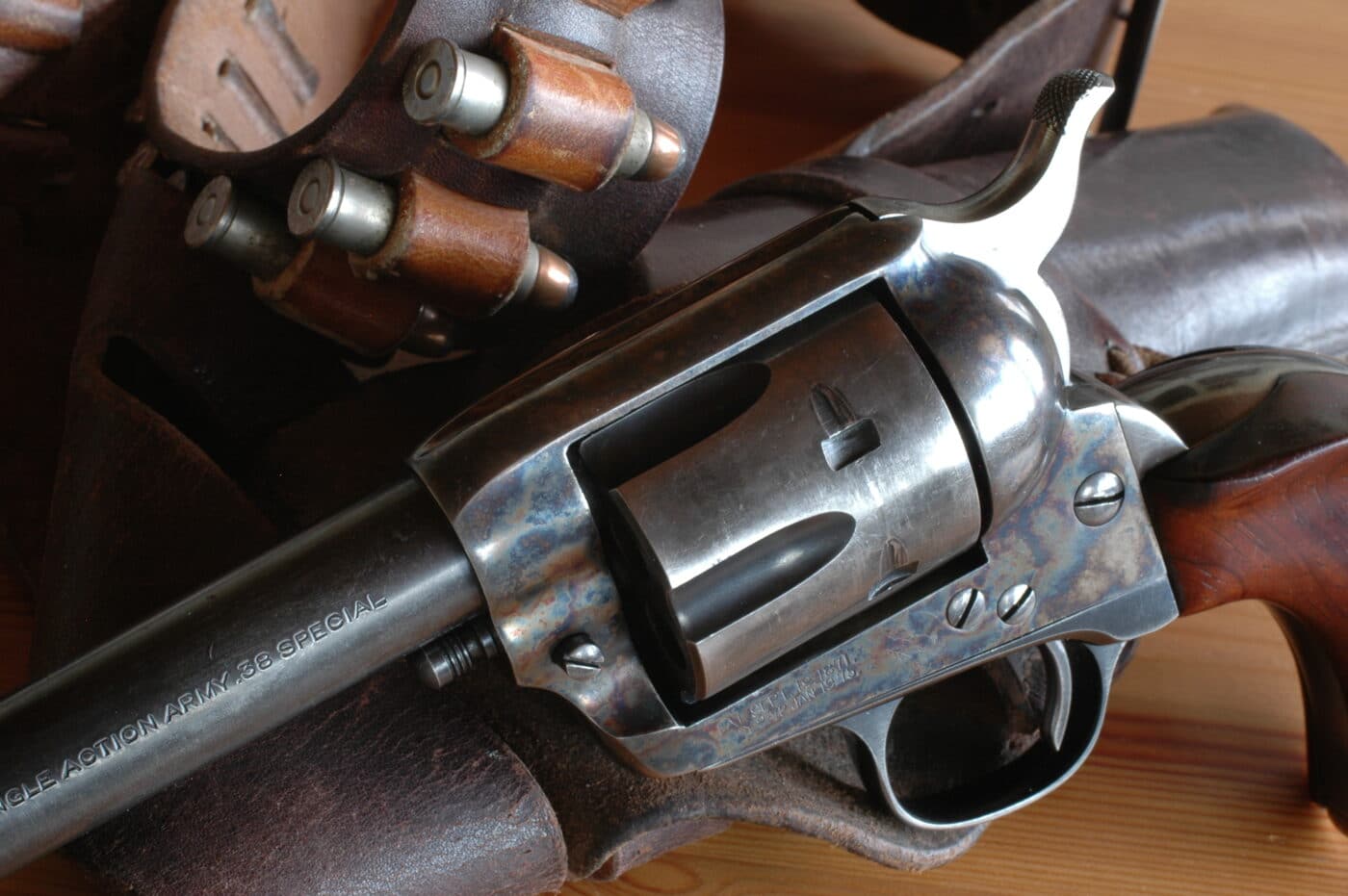
Ordnance adoption of this .44 sidearm would bring orders for 80,000 of the pistols 13-year run of 200,000.
By 1861 Samuel Colts annual personal income had reached $1 million a year.
Early in 1862 he was dead.
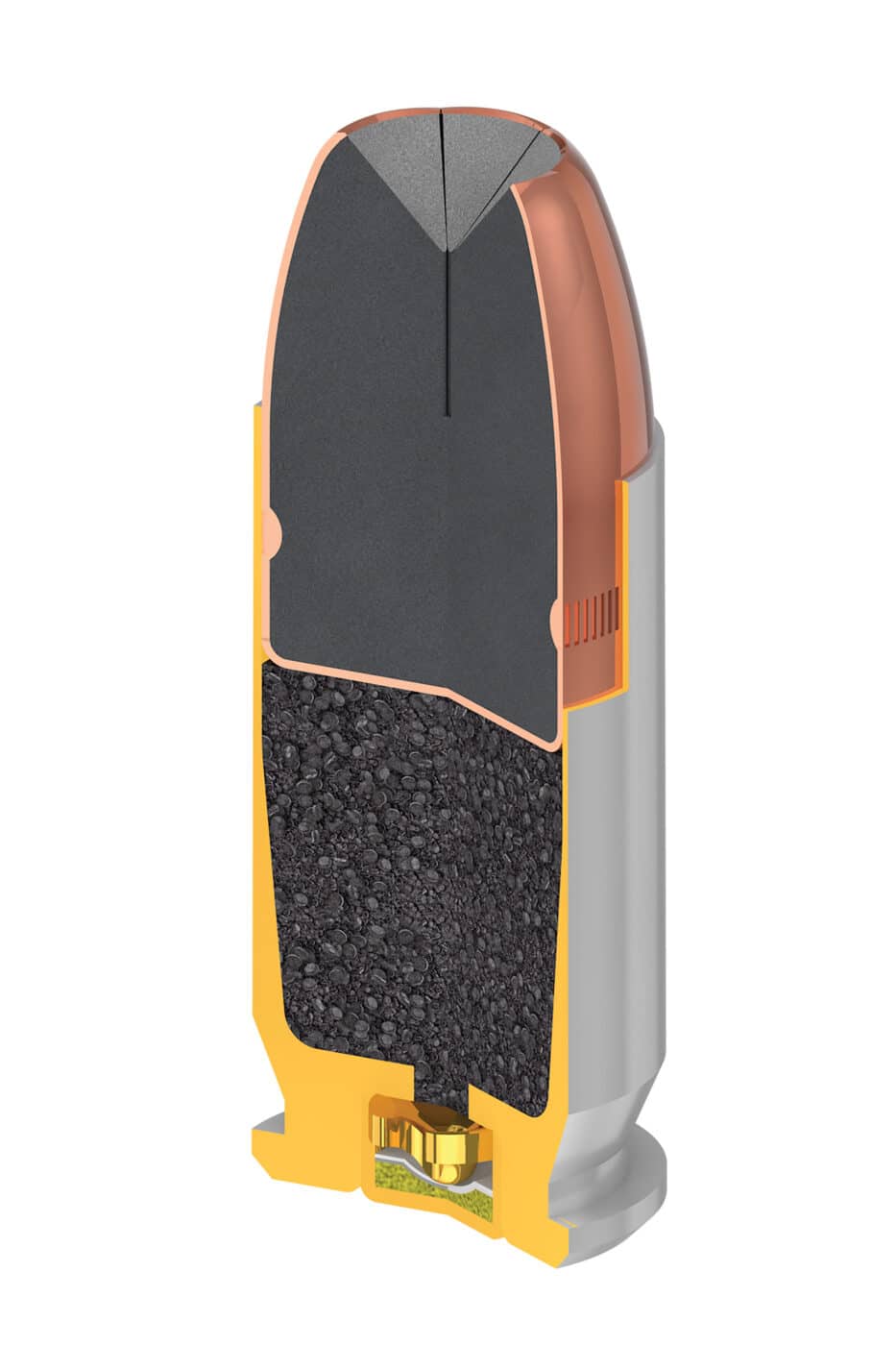
Legend has it Colt had demurred when employee Rollin White urged a breech-loading revolver with a bored-through cylinder.
But Horace Smith and Daniel Wesson saw promise in metallic cartridges.
They paid White royalties to build a .22 rimfire revolver.
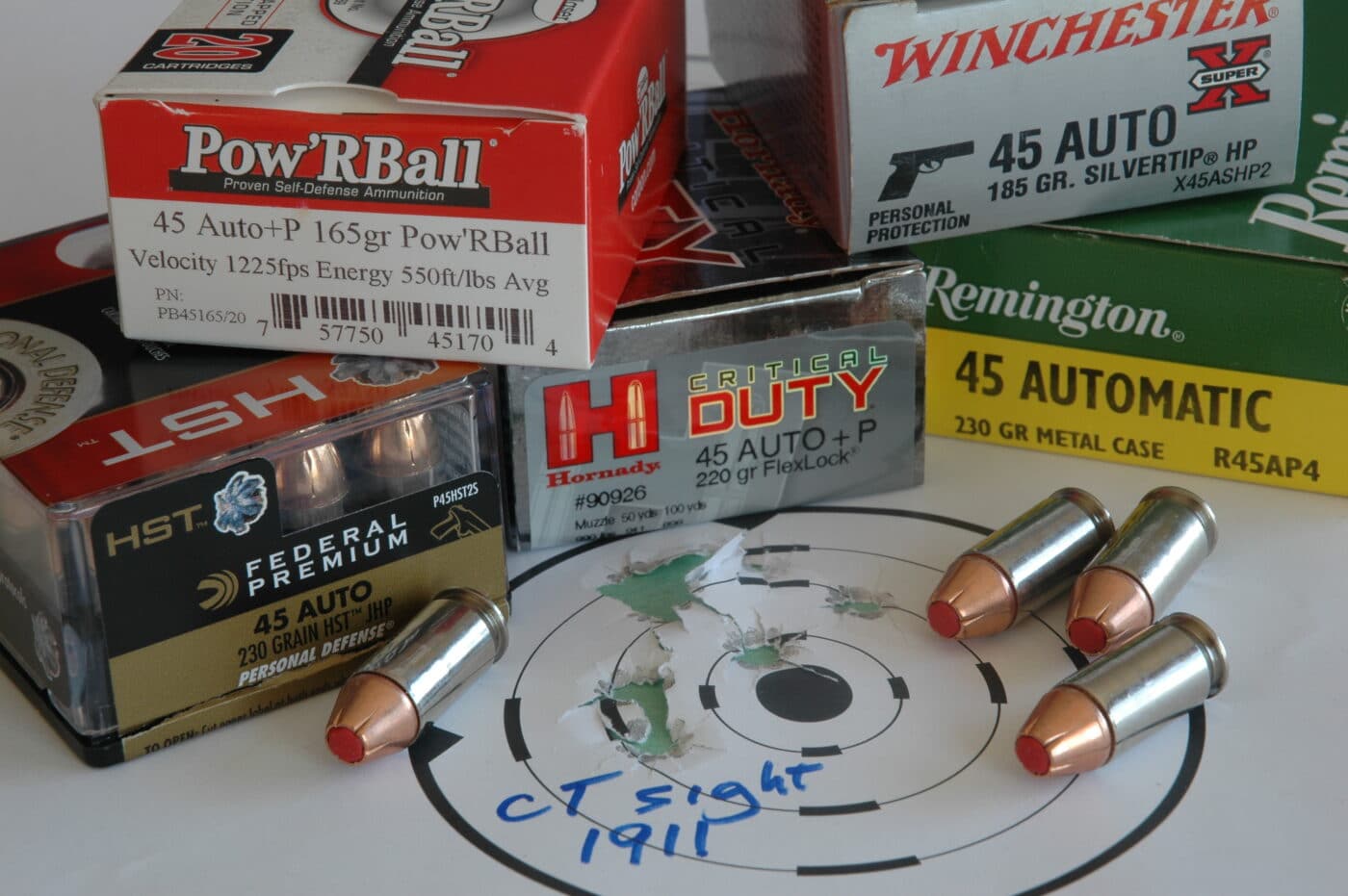
By the time Colt died, theyd produced 22,000.
The SAAs solid frame and 7 12 screwed-in barrel are attributed to William Mason.
Over the SAAs first eight years, 37,063 were built under government contract.
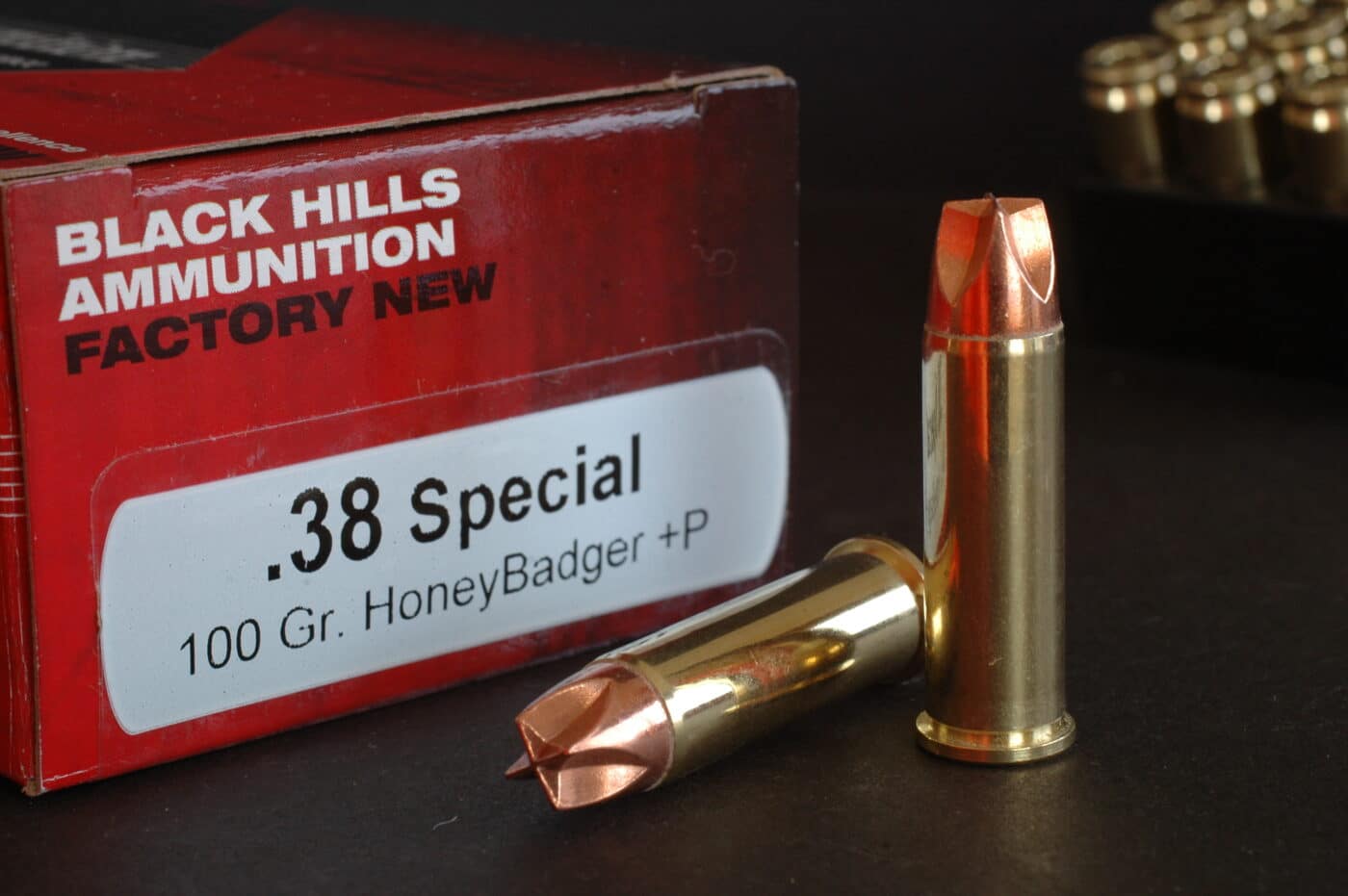
Its popularity with gunslingers, lawmen cowboys and just about everyone else brought total production over half a million.
Even in its original blackpowder loading, the .45 Long Colt was a fearsome handgun cartridge.
A charge of 40 grains FFg hurled a 255-gr.
lead bullet at 810 fps to land a blow of 370 ft-lbs.
Current .45 Colt loads with 225-gr.
jacketed bullets at over 1,000 fps deliver nearly 500 ft-lbs.
In 1892 the U.S. Army brought into service Colts Army and Navy Model double-action revolver, introduced in 1887.
Modest recoil and the pivoting cylinders of these revolvers made them easy to shoot accurately and fast to reload.
Also, at that time cavalry meant horses.
A pistol that could turn a horse trumped one that with a good hit might unseat its rider.
Criticism of the .38 Long Colt led to the development of the .38 Special.
The extractor grimly holds functional headspace.)
But not to revolvers of that day!
John Brownings genius no doubt earned his pistols a close look.
Also spurned: the mild sub-.40 cartridges in Borchardt, Mauser and Luger pistols.
Moving Forward
The 1905 Browning self-loader functioned well in trials.
As the Great War broke upon the world, theMil-Spec .45 1911was in short supply.
So, the Army contracted for DA revolvers bored for the .45 ACP.
Colts New Service and S&Ws Second Model Hand Ejector were tweaked to become the Model of 1917.
Model of 1917 production halted in1919, but the revolvers stayed in service.
About 21,000 saw overseas duty in World War II.
In 1985 the U.S. Army made a contestedleap from the .45 ACP to the 9mm.
The ammunition was also about half the weight.
Eight rounds of 230-gr.
.45 ball ammo scale about 6.05 oz.
; 15 rounds of 115-gr.
9mm loads come in at 6.24.
Almost double the firepower per ounce!
The Army had to think too of shipping ammo and moving it about battlefields.
Introduced in 1902, the 9mm has put on muscle.
Frisky commercial loads now push 124-gr.
bullets to 1,175 fps, for 380 ft-lbs of punch.
A broad range of bullet types, 115 to 147 grains, suits the 9mm to many applications.
It has been adopted by governments worldwide.
Wonder what will be next?




